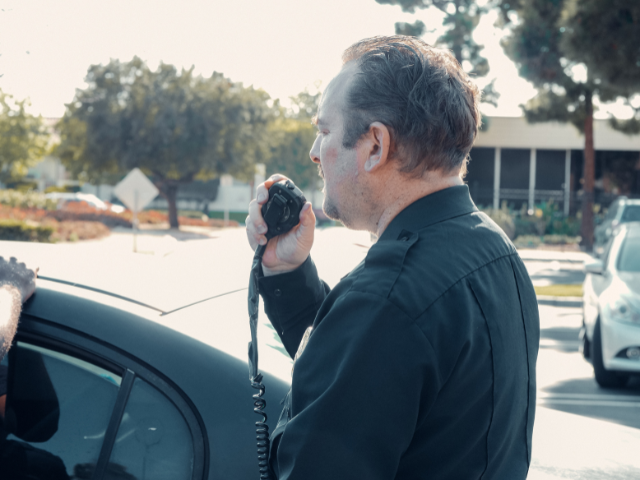Why Establish Nurse Navigator Programs?
The American Medical Response (AMR), a subsect of GMR, established its nurse navigator programs with the goal of allowing 911 dispatchers to route “low-level” calls to practitioners who can “give callers medical advice or help them set up an urgent care or telehealth appointment,” according to Oregon Public Broadcasting (OPB).
“Unfortunately, a lot of folks don’t know of the options that are out there to get the treatment that they need without having to go to an emergency room,” Rocco Roncarati, regional director for American Medical Response’s operations in Southwest Washington, told OPB.
A 2023 Lexipol survey, which gathered insight from police officers, EMTs, paramedics, and firefighters, also suggested there are staffing shortages among first responders, “creating significant recruitment and retention challenges, suboptimal levels of resourcing, and increased negative impact on communities.”
More than 86% of EMS personnel reported staffing challenges in the past three years, along with the following findings:
- 53% say their department doesn’t have enough personnel available to respond to 911 emergency calls in its service area;
- 47% agree their department’s response to critical 911 calls has increased; and
- 52% agree their department’s response times to non-emergent EMS calls have increased.
Bill Conway, Clackamas County (Oregon) Office of Public Health Emergency Services manager, stated in a news release that the county’s EMS system is “overburdened.” The county established its nurse navigation program in September.
“Ambulance transport to an emergency department is not the best resource for many non-life-threatening 911 requests for service,” he said. “The Nurse Navigation Program will provide the appropriate care for these requests, leaving 911 ambulances available to respond to life-threatening emergencies.”









